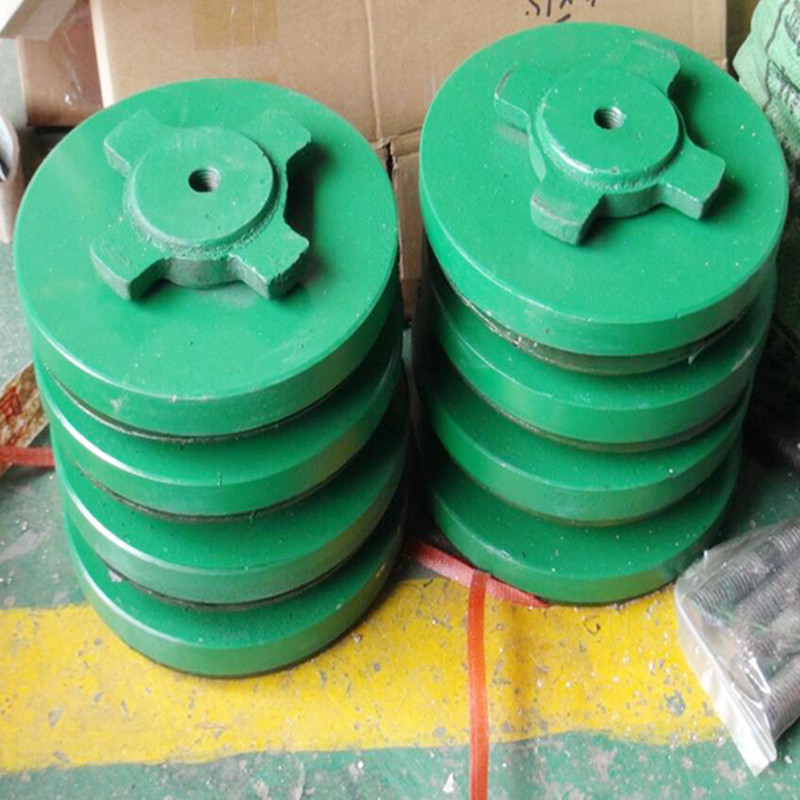Sep . 09, 2024 12:53 Back to list
fixture table clamps
Understanding Fixture Table Clamps A Key Component in Precision Engineering
In the realm of precision engineering, the integration of stability and accuracy is crucial for successful operations. Among the various tools and devices that facilitate these qualities, fixture table clamps stand out as an essential component. Widely utilized in machining, woodworking, and assembly processes, fixture table clamps play a pivotal role in securing workpieces firmly during production.
What are Fixture Table Clamps?
Fixture table clamps are mechanical devices designed to hold objects in place on a fixture table, ensuring stability while machining or assembling components. These clamps come in various designs and sizes, catering to diverse applications across multiple industries. Their primary function is to prevent movement, thus allowing for precise cuts, measurements, and assembly processes.
Types of Fixture Table Clamps
There are several types of fixture table clamps, each serving different purposes
. The most common types include1. Toggle Clamps These are popular for their quick action and ease of use. They employ a lever mechanism that allows for rapid clamping and unclamping of workpieces. Toggle clamps are ideal for applications that require frequent changes of fixtures.
2. C-clamps These versatile clamps are shaped like the letter 'C' and are typically used for holding objects on a tabletop. C-clamps provide significant pressure and are often used in woodworking and metalworking applications.
3. Pneumatic Clamps Utilizing compressed air, these clamps offer high clamping force while reducing manual effort. Pneumatic clamps are commonly used in automated settings where speed and efficiency are paramount.
4. Screw Clamps These clamps use a screw mechanism to adjust the clamping pressure. They are suitable for applications requiring a high level of precision and are often used in conjunction with jigs and fixtures.
fixture table clamps

5. Magnetic Clamps These clamps leverage magnetic force to hold ferrous materials in place. They are particularly useful in situations where traditional clamping methods may interfere with the machining process.
Advantages of Using Fixture Table Clamps
The incorporation of fixture table clamps in manufacturing processes brings myriad benefits
- Enhanced Accuracy By securing the workpiece firmly, clamps minimize the risk of movement during machining, leading to higher precision in dimensions and finishes.
- Increased Efficiency With the easy and quick clamping mechanisms, operators can save time during setups and adjustments, significantly enhancing productivity.
- Improved Safety Clamps reduce the likelihood of accidents caused by movement or shifting materials, contributing to a safer working environment.
- Versatility Available in various designs, fixture table clamps can accommodate a wide range of workpieces, making them suitable for different tasks across industries.
Conclusion
In conclusion, fixture table clamps are indispensable tools in the world of precision engineering. Their ability to hold workpieces securely contributes significantly to the overall efficiency and accuracy of manufacturing processes. As industries continue to evolve, the demand for innovative clamping solutions will persist, driving advancements in technology and design. Understanding the various types and benefits of fixture table clamps is crucial for engineers and technicians aiming to optimize their workflows and enhance productivity. Whether in a small workshop or a large manufacturing facility, these clamps are a vital ally in the quest for precision.
-
Why Metric Trapezoidal Thread is Ideal for Precision Motion ControlNewsAug.05,2025
-
The Unique Properties of a Block of Granite for Industrial UseNewsAug.05,2025
-
The Role of Flanged Y Strainers in Preventing Pipeline ClogsNewsAug.05,2025
-
The Importance of Regular Calibration for Master Ring GagesNewsAug.05,2025
-
How a Cast Iron Surface Table Enhances Accuracy in ManufacturingNewsAug.05,2025
-
Comparing Different Check Valve Types for Optimal Flow ControlNewsAug.05,2025
Related PRODUCTS









